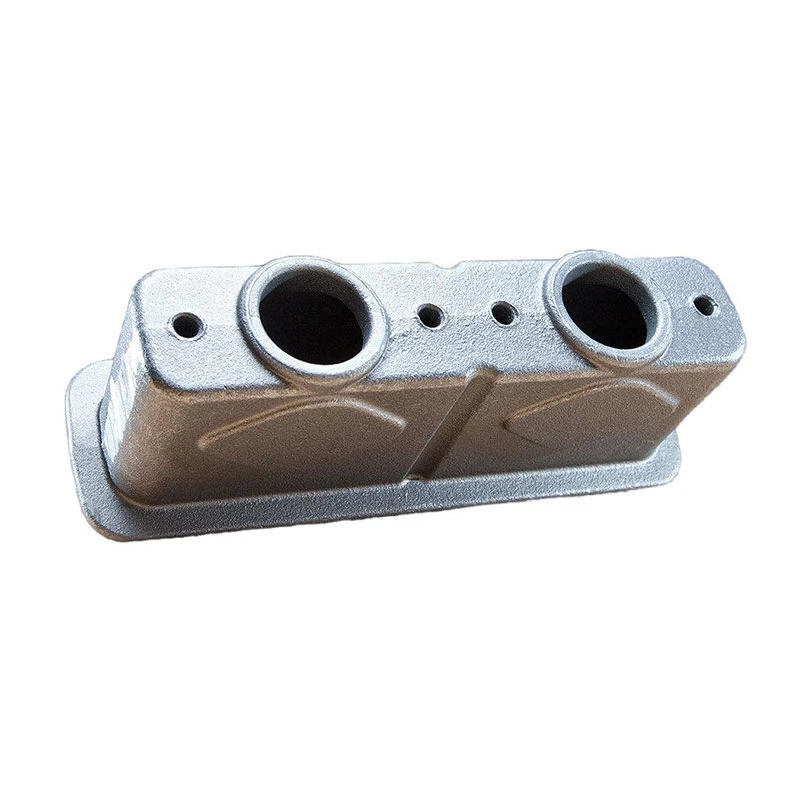Innovative Techniques in Aluminium Casting for Modern Foundries and Manufacturing Processes
The Role of Aluminium Casting Foundries in Modern Manufacturing
Aluminium casting foundries play a pivotal role in the manufacturing industry, providing essential components for various applications ranging from automotive to aerospace, and from consumer goods to industrial machinery. The significance of this sector has risen dramatically over the past few decades due to the lightweight and high-strength characteristics of aluminium, which make it a preferred material in many engineering applications.
Understanding Aluminium Casting
Aluminium casting involves pouring molten aluminium into a mold to create shapes and components. This process can be achieved through various methods, including sand casting, die casting, and investment casting, each offering distinct advantages depending on the requirements of the final product. Sand casting is known for its versatility and low cost, making it suitable for large and complex parts. Die casting, on the other hand, is recognized for its ability to produce high-volume parts with excellent surface finish and dimensional accuracy, while investment casting is often used for intricate designs and high-quality finishes.
Advantages of Aluminium
Aluminium is favored in casting for several reasons. Firstly, it is lightweight, which is crucial in industries like automotive and aerospace where reducing weight leads to improved fuel efficiency. Secondly, aluminium has excellent corrosion resistance, ensuring the longevity and durability of the cast products. Additionally, it has good thermal and electrical conductivity, making it suitable for various applications, including heat exchangers and electrical components.
Moreover, aluminium can be alloyed with various elements, enhancing its properties and making it adaptable to specific requirements. For instance, adding silicon increases its fluidity, making it ideal for intricate castings, while copper can improve strength, which is beneficial for high-pressure applications.
aluminium casting foundry

The Aluminium Casting Foundry Process
The operation of an aluminium casting foundry involves several critical stages. It begins with the melting of aluminium scrap or ingots in a furnace, where the temperature can reach up to 750 degrees Celsius. Once melted, the aluminium is poured into pre-prepared molds. After cooling and solidifying, the castings are removed from the molds, followed by a series of finishing processes, which may include trimming, machining, and surface treatment to achieve the desired specifications.
Quality control is a vital aspect of the casting process. Foundries often implement advanced technologies, such as computer numerical control (CNC) machining and non-destructive testing techniques, to ensure that the final products meet stringent standards and tolerances.
Environmental Considerations
As the demand for aluminium casting grows, so does the focus on sustainable practices within foundries. Aluminium is highly recyclable, and many foundries are increasingly adopting closed-loop systems that reduce waste and energy consumption. The recycling of aluminium not only conserves natural resources but also requires only 5% of the energy used in primary aluminium production, thus minimizing the environmental impact.
Conclusion
Aluminium casting foundries are integral to the modern manufacturing landscape. With the ongoing advancements in casting technologies and the increasing emphasis on sustainability, these foundries are well-positioned to meet the evolving needs of various industries. As we continue to seek lightweight, durable, and environmentally friendly solutions, the importance of aluminium casting will undoubtedly grow, ensuring that these foundries remain at the forefront of innovation and efficiency in manufacturing. The future of aluminium casting looks promising, promising enhanced performance and sustainability for generations to come.
-
OEM Sand Cast Pump Valve Fittings - Baoding Hairun | Precision Engineering, CustomizableNewsJul.30,2025
-
OEM Sand Cast Pump Valve Fittings - Baoding Hairun Machinery And Equipment Trading Co., Ltd.NewsJul.30,2025
-
OEM Sand Cast Pump Valve Fittings - Baoding Hairun Machinery And Equipment Trading Co., Ltd.NewsJul.30,2025
-
OEM Sand Cast Pump Valve Fittings - Baoding Hairun Machinery|Precision Engineering&Fluid ControlNewsJul.30,2025
-
OEM Sand Cast Pump Valve Fittings - Baoding Hairun Machinery And Equipment Trading Co., Ltd.NewsJul.30,2025
-
OEM Sand Cast Pump Valve Fittings-Baoding Hairun Machinery And Equipment Trading Co., Ltd.NewsJul.30,2025















